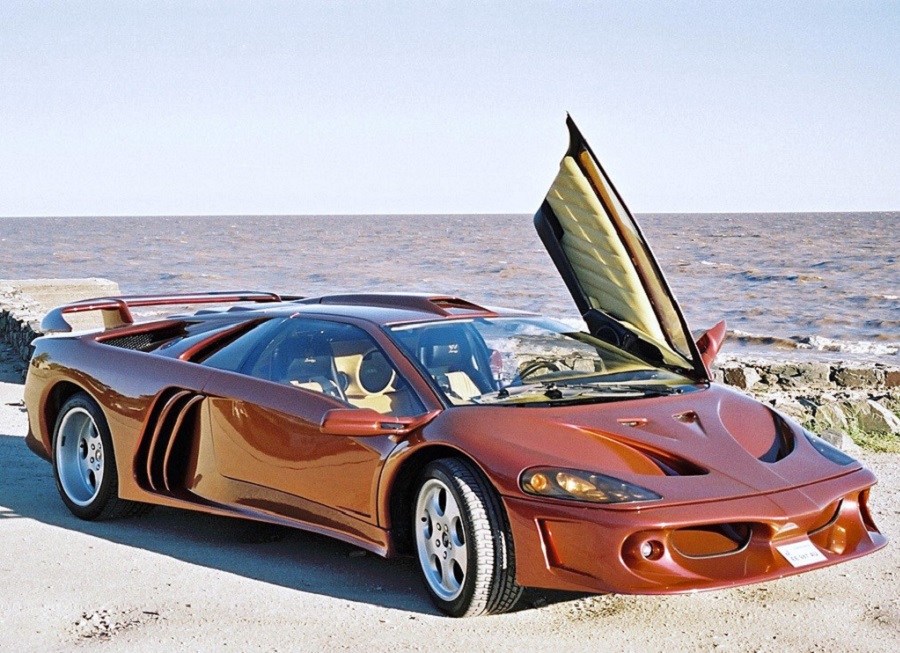RIO DE JANEIRO, BRAZIL – The latin American division has pledged investments in the country, as it has also done with Argentina, Uruguay and Paraguay.
Lamborghini announced plans to set up a plant in Brazil and executives from the brand have met with Daniela Reinehr, acting governor of Santa Catarina, to discuss the project. There is only one catch in the story: it is not the parent company – called Automobili Lamborghini S.p.A. – but rather the Latin American (and legal) derivation with a somewhat nebulous past.

To begin with, it is important to explain that the manufacturer from Sant’Agata Bolognese in Italy has not always had its finances in order. In the late 1980s there was only one model on sale, which had been launched in 1974, and Lamborghini was eventually sold to Chrysler. And that lasted until 1994, when control of the brand passed into the hands of an investment group from Indonesia, to be sold to Volkswagen in 1998.
And it was precisely during this time under Asian command that Lamborghini was split in two. This is because Mexican businessman Jorge Antonio Fernández García, known by the nickname Joan Fercí, got an exclusive contract for the rights of the brand in Latin America and permission to produce the Diablo model – created in 1992 and retired by the parent company in 2002.
In an interview with Autoblog Argentina, Fercí recalls that at the time of the agreement, no vehicle could be sold that had not been manufactured or assembled in Mexico. “This was a market that didn’t interest the gringos much, so there were no problems to get a contract that granted the rights to the brand in the entire Latin American region for 99 years,” he said.
But that’s where the problem begins: modifications to the original car’s design to which Lamborghini Latinoamérica was entitled were also planned, and from then on, variations of “new” models began to emerge.
According to the Mexican company, only 3 units of the Coatl, the first locally developed product, and 2 Alar 777s have been produced since 2006.
Source: Exame

